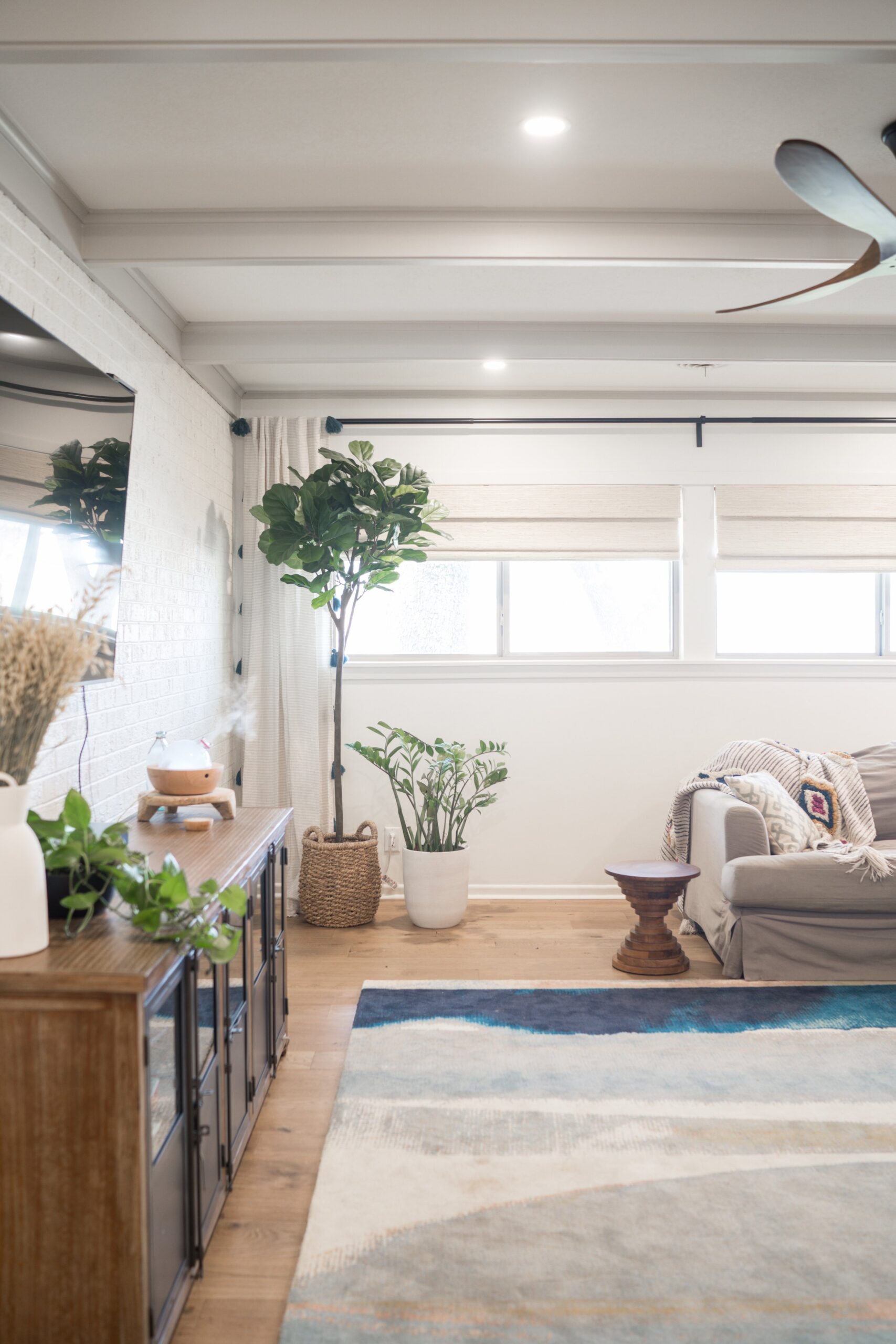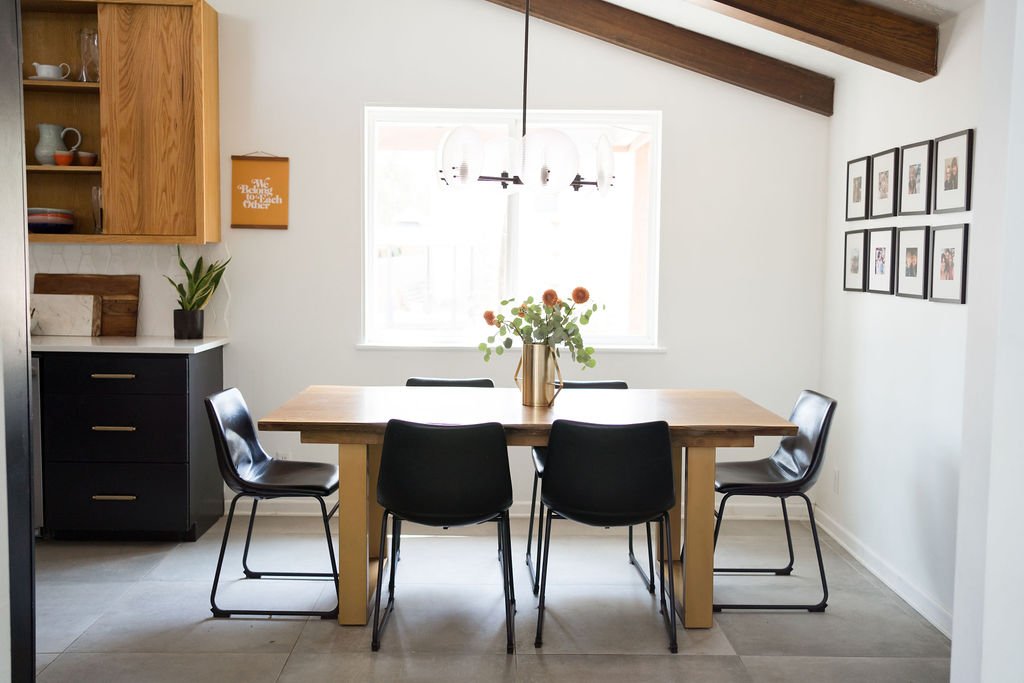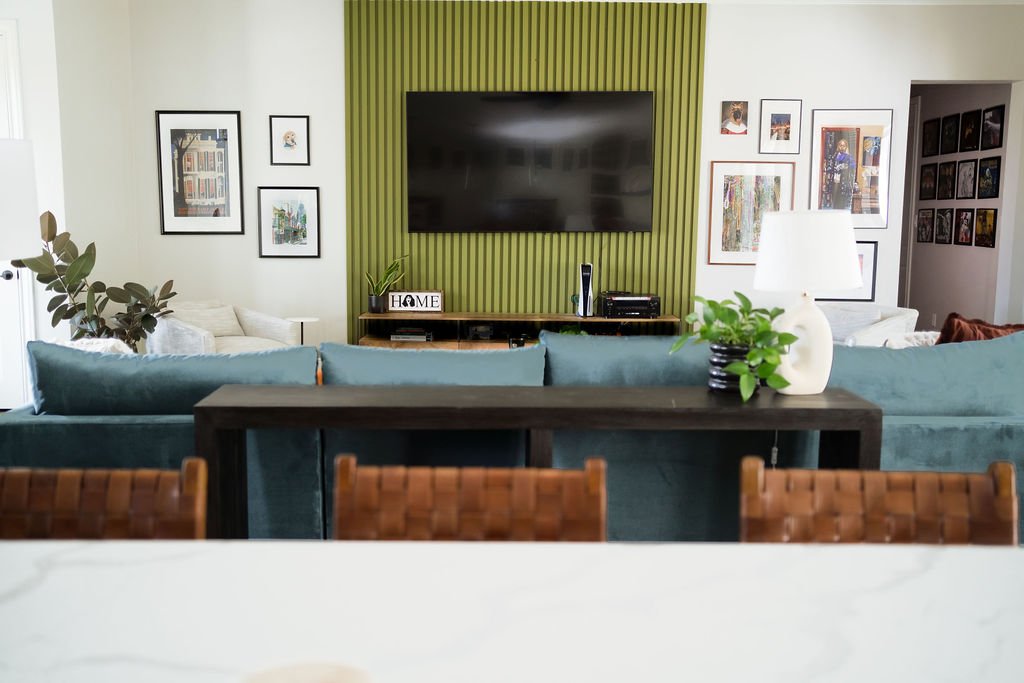The Best Beginner Houseplants
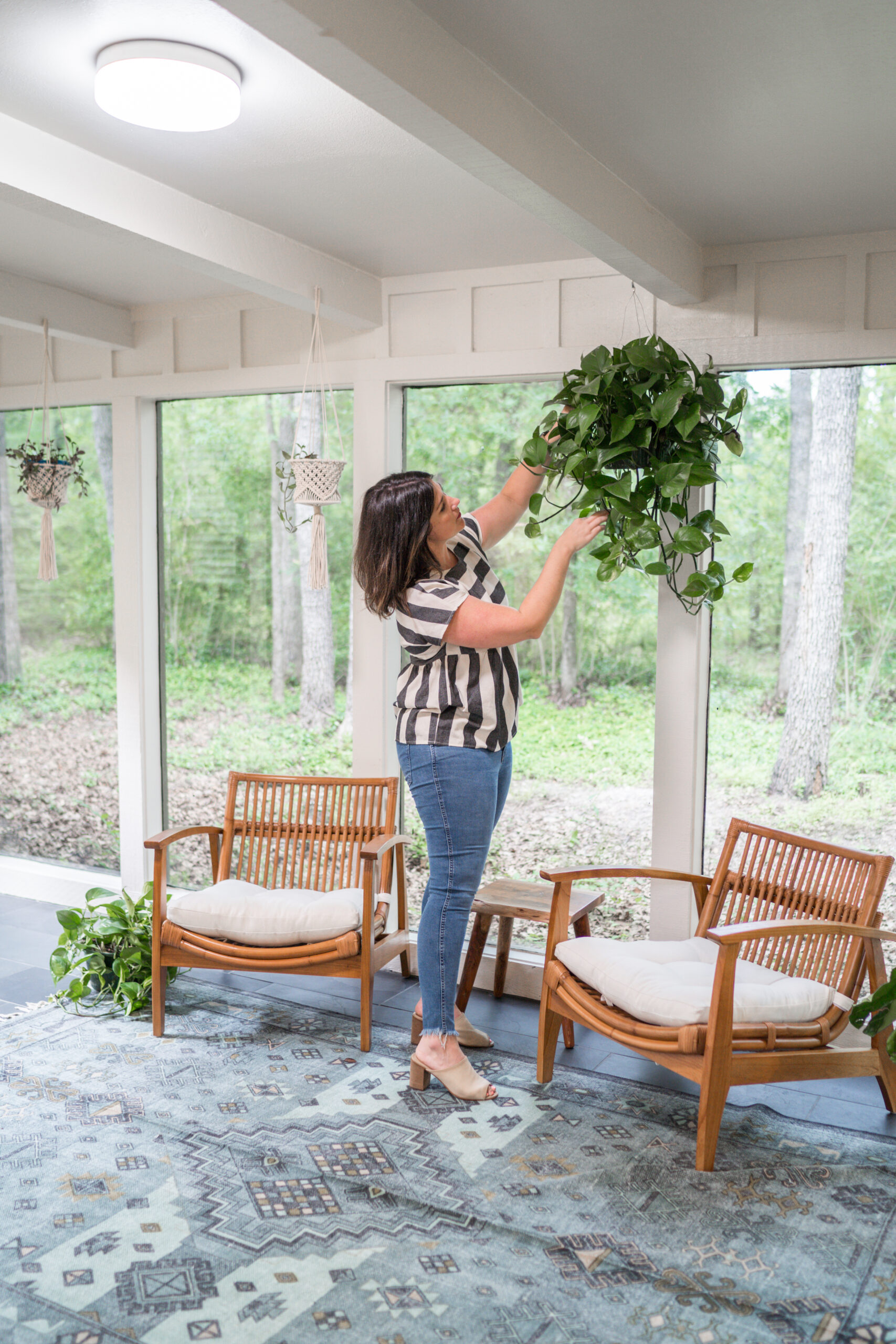
The Best Beginner and “Hard-to-Kill” Houseplants
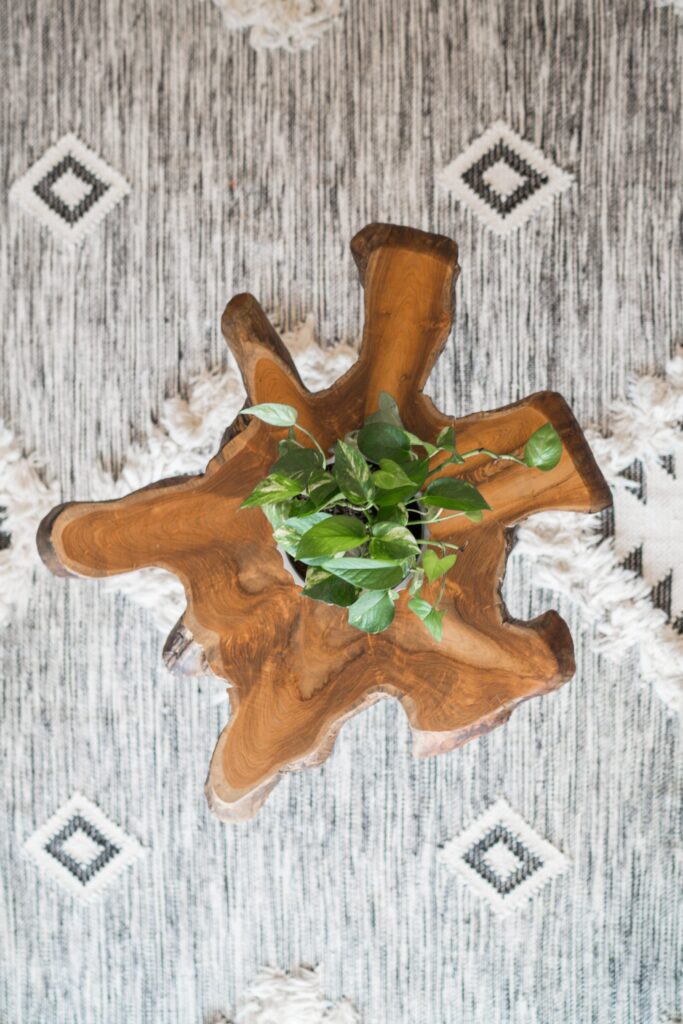




Rubber Plant
With their luscious leaves and unfussy nature, this plant is a great choice to elevate your home decor. Low-maintenance and eye-catching, rubber plants are an effortless way to add elegance to your home. They need watering when the soil is almost completely dry and need more watering in summer than in winter.
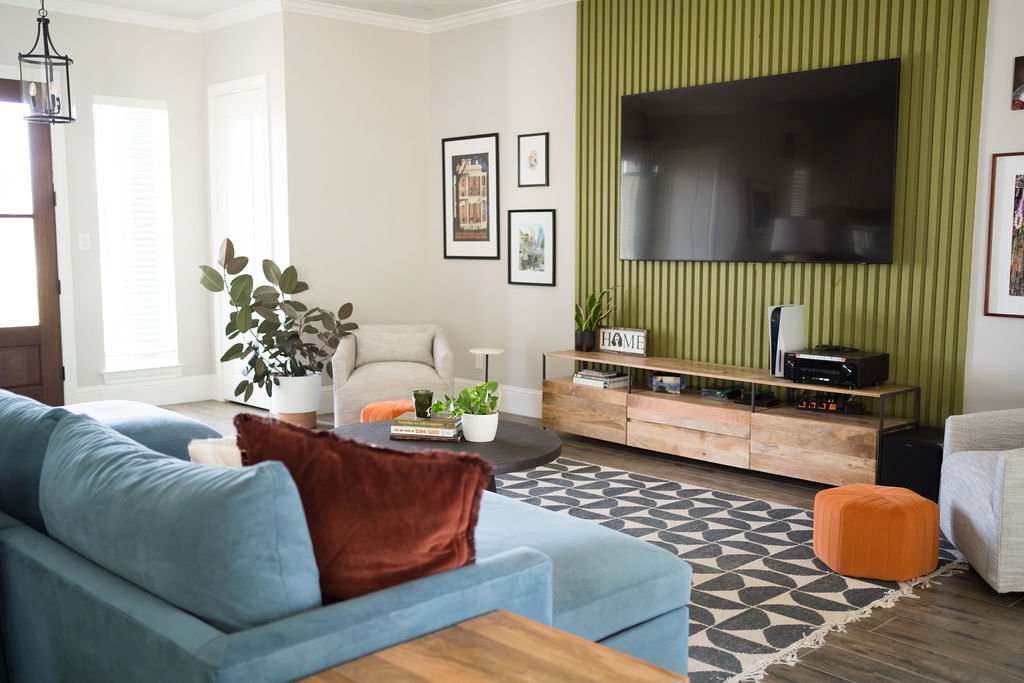
Houseplant Care Tips for Beginners
Watering Plants
Keep a jug of water under the kitchen sink and water your plants about once a week with about 2 cups of water. Be sure to water consistently, but avoid both overwatering and underwatering, by checking the soil moisture regularly. Adjust your watering schedule according to the plant’s specific needs and environmental conditions.
Dusting Plants
Dust your plants gently now and then with a soft cloth to keep their foliage clean and free from debris. Dust accumulation on leaves can hinder photosynthesis and promote the growth of pests and diseases.
By regularly removing dust, you’ll help your plants breathe easier and maintain their vibrant appearance. Make sure you wipe both the tops and undersides of leaves, as well as any crevices or folds where dust tends to accumulate. This simple maintenance task will contribute to the overall health and beauty of your indoor garden.
Using Plant Fertilizers
Use plant fertilizers around the base of the root 2-3 times a year. Doing this can really enhance the vitality and longevity of your plants. These fertilizers provide essential nutrients that may be lacking in the soil. It’s important to follow the recommended dosage and timing instructions to avoid over-fertilization, which can harm the plant.
Lighting
Proper lighting is essential for the health of houseplants, as it directly influences their growth and vitality. Understanding your plant’s specific lighting needs ensures they receive the optimal amount of sunlight to flourish indoors.
Trimming
Regular trimming of dead or yellowing leaves will help your houseplants to be more healthy growth by redirecting the plant’s energy towards new growth. When removing yellow bits, use a gentle tug near the base of the leaf to remove damaged portions of the plant without causing it undue stress.
Where To Shop For Houseplants
There are lots of great places to buy your houseplants. Some of my favorites include:
- Home Depot
- Lowes
- Your local plant shop
- The Sill for gifting
Where To Shop For Planters
For planters, there’s a great selection at affordable prices from these stores:
Favorite Planters for 2024
Here are a few of my favorite simple planters all ranging in cost!
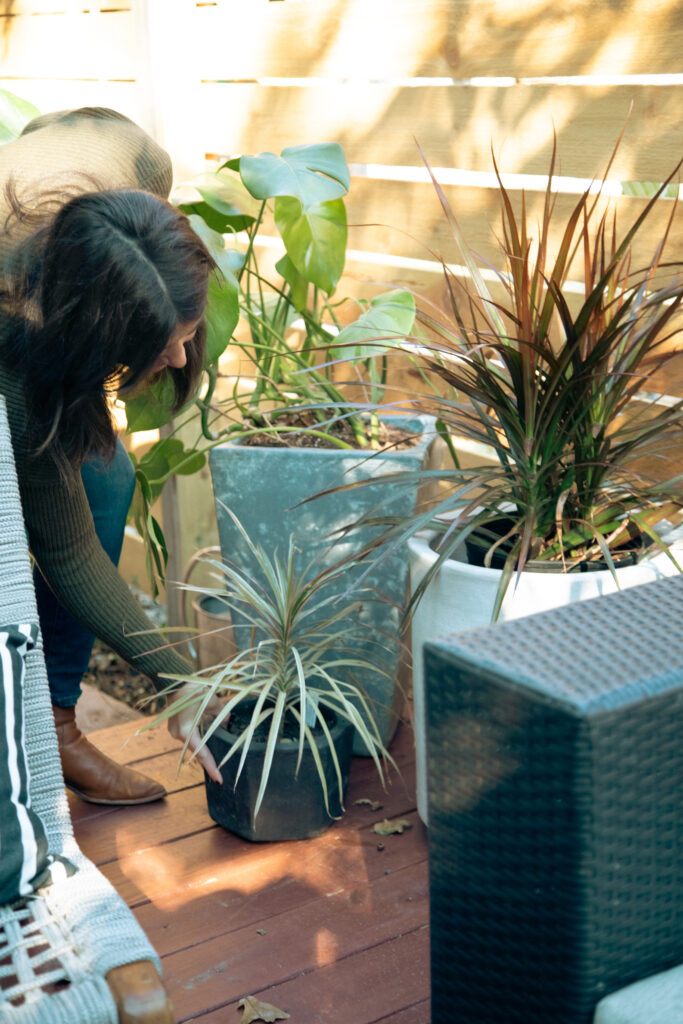
Whatever beginner houseplants you choose for your space, enjoy the process of choosing them and transforming your home with nature. I hope these tips help you to make your home feel more green and create your own little greenhouse.

